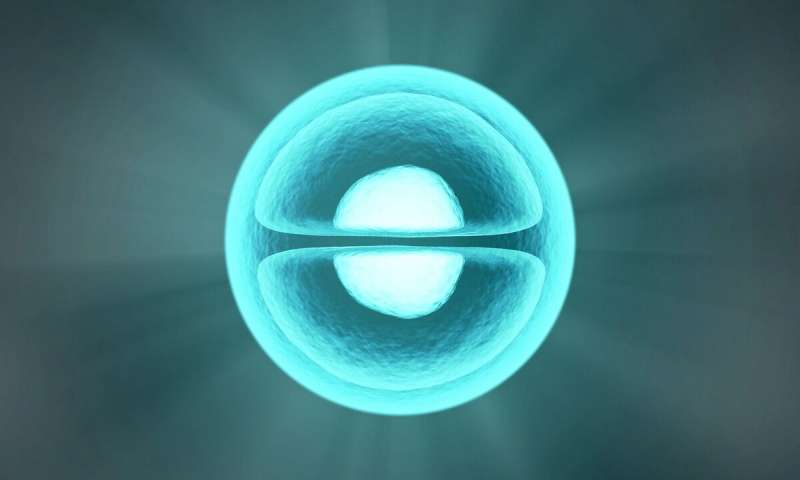One of the most remarkable recent advances in
biomedical research has been the development of highly targeted
gene-editing methods such as CRISPR that can add, remove, or change
a gene within a cell with great precision. The method is already
being tested or used for the treatment of patients with sickle cell
anemia and cancers such as multiple myeloma and liposarcoma, and
today, its creators Emmanuelle Charpentier and Jennifer Doudna
received the Nobel Prize in chemistry.
Engineers create nanoparticles that deliver gene-editing
tools to specific tissues and organs



